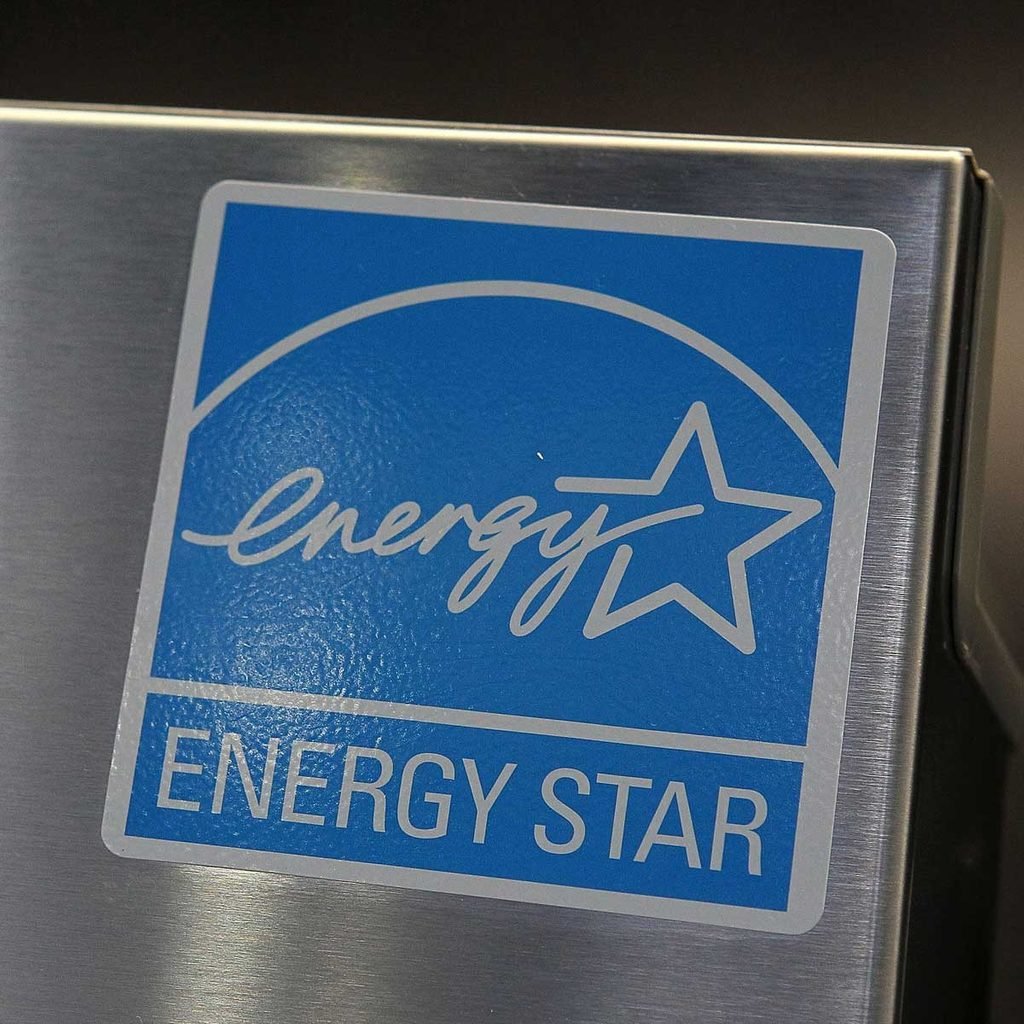What to Know About Energy Star Certification
Updated: Oct. 18, 2023

Chances are, you recognize the Energy Star name and logo. But do you know what it means? We'll look at its history, and see how it affects you.
If you’ve ever shopped for an appliance, chances are good that you’ve seen the Energy Star logo. A 2019 report found a whopping 91 percent of American households recognized the Energy Star label, making it one of the best-known consumer symbols in the U.S. This is especially impressive considering that Energy Star was only established in 1992, and initially focused solely on home computers.
Read on to learn what Energy Star is and how the ratings can help you when you’re shopping for appliances.
On This Page
What Is Energy Star?
Energy Star is a program operated jointly by the Department of Energy (DOE) and the Environmental Protection Agency (EPA). It measures the energy efficiency of everything from light bulbs and refrigerators to furnaces and office buildings. Products and structures that meet certain criteria are awarded Energy Star certification, and can display the distinctive blue and white label.
The EPA is the brand manager for Energy Star, and is responsible for setting product performance levels, third-party certification and verification testing. Energy Star test procedures are developed by the DOE, which also contributes to verification testing of appliances and equipment. The Energy Star website has an in-depth breakdown of agency roles.
How Do Energy Star Ratings Work?
Energy Star ratings are awarded to appliances that achieve a level of energy efficiency — a set percentage above the current industry standard — and also meet requirements for usability and convenience. Each appliance class has a set of requirements that are reviewed and updated regularly.
For example, as of this writing, an Energy Star certified dishwasher is at least 12 percent more efficient than non-certified models. The full breakdown of what goes into Energy Star certification for dishwashers or any appliance is publicly available on their website.
What is an Energy Star Rating?
Traditionally an appliance either has an Energy Star rating or not. It’s like a thumbs-up or thumbs-down, and there is no scale to differentiate rated appliances.
That said, the EPA does award “Energy Star Most Efficient” status, recognizing products that push the envelope of energy efficiency and lead the market in innovation.
How Much Do Energy Star Appliances Save?
According to recent estimates, the average household can save more than $575 per year on their energy costs by using Energy Star appliances. Your savings will vary, but you can find an estimate for your specific situation with Energy Star online tools, such as the “Flip Your Fridge” calculator.
To get numbers for a specific appliance, check its energy guide sheet before making any purchase. These guides should be posted with the products in-store, and are almost always provided on a retailer’s website when shopping online.
Are Energy Star Appliances Worth It?
Most consumers want to get to the bottom line: Do Energy Star appliances pay for themselves?
It’s worth noting that to be Energy Star rated, certified products must “provide sufficient efficiency to allow purchasers to recover their investment through utility savings within a reasonable period of time.” So the cost-benefit calculation is factored into the Energy Star rating.
But the real variable is the age of the appliance you’re replacing. According to DOE estimates, refrigerators 15 years or older use twice as much energy as a new Energy Star rated unit. So if you have a refrigerator from the 1990s that’s still limping along, the annual savings can be dramatic! But if you’re replacing the six-year-old model that came with your house, you won’t save as much.
In addition, most manufacturers offer features and designs that impact the cost much more than energy efficient technology. A standard Whirlpool fridge may cost $50 less than the Energy Star rated version of the same model, but you could spend more than three times as much for a tricked-out, higher-end unit from the same manufacturer.
In short, Energy Star appliances are usually a smart purchase. But consumers still need to pay attention to the details before deciding which appliance to buy.